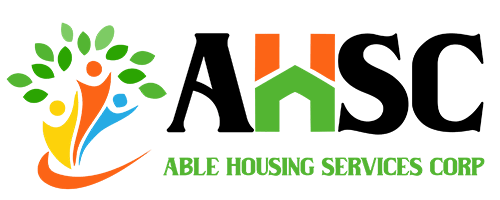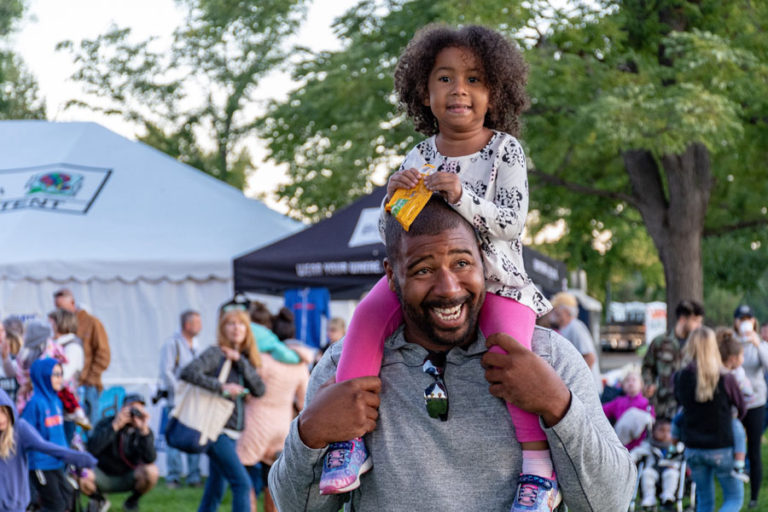According to this first-of-its-kind analysis of rural child poverty rates across America, rural child poverty is much more pervasive than one might think.
Poverty affects more than one billion children worldwide, including millions in the U.S. And while most Americans think child poverty is only an urban issue, child poverty rates are higher in rural areas. Nearly 1 in 4 rural children grow up in poverty.
What Percent Of Children Live Below The Poverty Line?
In 2016, 23.5% of America’s children in rural areas were impoverished as compared to 18.8 % in urban areas. On the county level, between 2012 and 2016, 41 counties in the United States had child poverty rates of 50% or higher, 93 % of which (38 out of 41) were rural.2
6.1 million live in the South; 3.2 million live in the West; 2.7 million live in the Midwest; 2.0 million live in the Northeast
Certain geographic areas of America, including the Mississippi Delta, the Southwest, Central Valley and Appalachia, have the highest rates of persistent child poverty and are mostly rural. The vast majority of poor, rural African American children live in the South, where child poverty rates are historically the highest. Native American children, whose poverty is concentrated in the Southwest and Northern Plains, and Alaskan native children have the second highest rural poverty rate at 39.3%. One-third of rural Hispanic children are poor; their poverty is concentrated in the South and West. Poor rural white children, in comparison, tend to be spread across Appalachia.
Source : savethechildren





